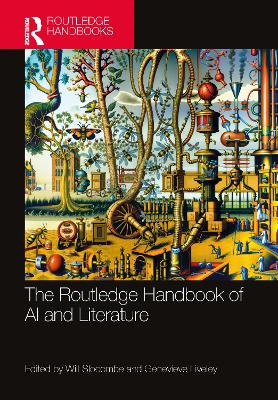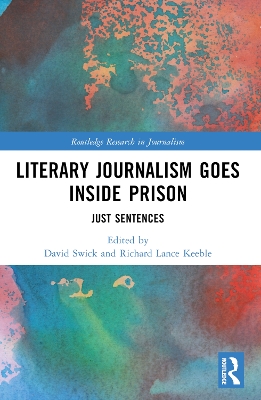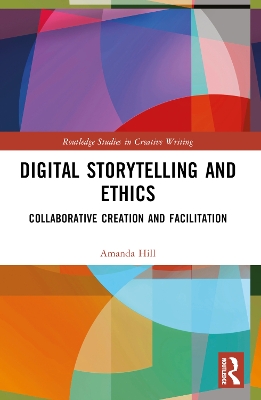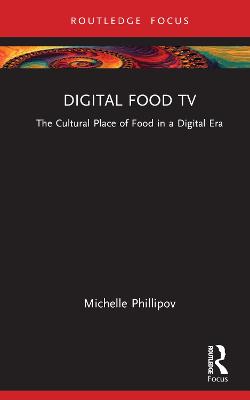Insights on Literary Journalism
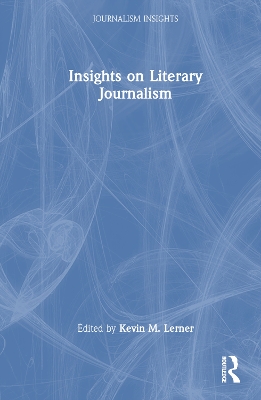 portes grátis
portes grátis
Insights on Literary Journalism
Lerner, Kevin M.
Taylor & Francis Ltd
12/2024
224
Dura
9781032472836
Pré-lançamento - envio 15 a 20 dias após a sua edição
Descrição não disponível.
List of Contributors
Introduction: The Old Journalism
Kevin M. Lerner
Part I: What is Literary Journalism?
Chapter 1: What Counts as Literary Journalism? A Case Study of The Wire
Roberta S. Maguire and Miles Maguire
Chapter 2: Fields of Activity versus Genres in Literary Journalism: The Case of Comics Journalism in Brazil
Augusto Paim
Chapter 3: When Sources become Characters: Definers of Reality in Literary Journalism
Mateus Yuri Passos
Part II: Storytellers and Subjects in Literary Journalism
Chapter 4: Helping to Give a Subject Their Voice: The Crafted Interview and Environmental Conservation Workers
Christina Yin
Chapter 5: Advocacy, Ethics, and Objectivity: How Literary Journalism Addresses Moral Discomfort in the Reportage of Gender-Based Violence
Julie Wheelwright
Chapter 6: Making Their Place on the Bus: The Campaign Reportage of Nora Ephron, Gloria Steinem, and Joan Didion
Lori Amber Roessner
Part III: Literary Journalism and the Public Sphere
Chapter 7: Journalists without Borders: Paul McGeough and War Reporting from the Front
Lindsay Morton
Chapter 8: Attitudes toward Authority: Profiling Celebrity Environmentalists in Style
Christine Isager
Part IV: Literary Journalism and the Future of the Field
Chapter 9: Measuring Value: Student Perceptions of Literary Journalism's Potential to Promote a Liberal Education
Jeffrey C. Neely
Afterword
Bill Reynolds
Index
Introduction: The Old Journalism
Kevin M. Lerner
Part I: What is Literary Journalism?
Chapter 1: What Counts as Literary Journalism? A Case Study of The Wire
Roberta S. Maguire and Miles Maguire
Chapter 2: Fields of Activity versus Genres in Literary Journalism: The Case of Comics Journalism in Brazil
Augusto Paim
Chapter 3: When Sources become Characters: Definers of Reality in Literary Journalism
Mateus Yuri Passos
Part II: Storytellers and Subjects in Literary Journalism
Chapter 4: Helping to Give a Subject Their Voice: The Crafted Interview and Environmental Conservation Workers
Christina Yin
Chapter 5: Advocacy, Ethics, and Objectivity: How Literary Journalism Addresses Moral Discomfort in the Reportage of Gender-Based Violence
Julie Wheelwright
Chapter 6: Making Their Place on the Bus: The Campaign Reportage of Nora Ephron, Gloria Steinem, and Joan Didion
Lori Amber Roessner
Part III: Literary Journalism and the Public Sphere
Chapter 7: Journalists without Borders: Paul McGeough and War Reporting from the Front
Lindsay Morton
Chapter 8: Attitudes toward Authority: Profiling Celebrity Environmentalists in Style
Christine Isager
Part IV: Literary Journalism and the Future of the Field
Chapter 9: Measuring Value: Student Perceptions of Literary Journalism's Potential to Promote a Liberal Education
Jeffrey C. Neely
Afterword
Bill Reynolds
Index
Este título pertence ao(s) assunto(s) indicados(s). Para ver outros títulos clique no assunto desejado.
journalism education;literary fiction;literary nonfiction;journalism history;literary history;rhetoric;Bill Reynolds;war reporting;war literature
List of Contributors
Introduction: The Old Journalism
Kevin M. Lerner
Part I: What is Literary Journalism?
Chapter 1: What Counts as Literary Journalism? A Case Study of The Wire
Roberta S. Maguire and Miles Maguire
Chapter 2: Fields of Activity versus Genres in Literary Journalism: The Case of Comics Journalism in Brazil
Augusto Paim
Chapter 3: When Sources become Characters: Definers of Reality in Literary Journalism
Mateus Yuri Passos
Part II: Storytellers and Subjects in Literary Journalism
Chapter 4: Helping to Give a Subject Their Voice: The Crafted Interview and Environmental Conservation Workers
Christina Yin
Chapter 5: Advocacy, Ethics, and Objectivity: How Literary Journalism Addresses Moral Discomfort in the Reportage of Gender-Based Violence
Julie Wheelwright
Chapter 6: Making Their Place on the Bus: The Campaign Reportage of Nora Ephron, Gloria Steinem, and Joan Didion
Lori Amber Roessner
Part III: Literary Journalism and the Public Sphere
Chapter 7: Journalists without Borders: Paul McGeough and War Reporting from the Front
Lindsay Morton
Chapter 8: Attitudes toward Authority: Profiling Celebrity Environmentalists in Style
Christine Isager
Part IV: Literary Journalism and the Future of the Field
Chapter 9: Measuring Value: Student Perceptions of Literary Journalism's Potential to Promote a Liberal Education
Jeffrey C. Neely
Afterword
Bill Reynolds
Index
Introduction: The Old Journalism
Kevin M. Lerner
Part I: What is Literary Journalism?
Chapter 1: What Counts as Literary Journalism? A Case Study of The Wire
Roberta S. Maguire and Miles Maguire
Chapter 2: Fields of Activity versus Genres in Literary Journalism: The Case of Comics Journalism in Brazil
Augusto Paim
Chapter 3: When Sources become Characters: Definers of Reality in Literary Journalism
Mateus Yuri Passos
Part II: Storytellers and Subjects in Literary Journalism
Chapter 4: Helping to Give a Subject Their Voice: The Crafted Interview and Environmental Conservation Workers
Christina Yin
Chapter 5: Advocacy, Ethics, and Objectivity: How Literary Journalism Addresses Moral Discomfort in the Reportage of Gender-Based Violence
Julie Wheelwright
Chapter 6: Making Their Place on the Bus: The Campaign Reportage of Nora Ephron, Gloria Steinem, and Joan Didion
Lori Amber Roessner
Part III: Literary Journalism and the Public Sphere
Chapter 7: Journalists without Borders: Paul McGeough and War Reporting from the Front
Lindsay Morton
Chapter 8: Attitudes toward Authority: Profiling Celebrity Environmentalists in Style
Christine Isager
Part IV: Literary Journalism and the Future of the Field
Chapter 9: Measuring Value: Student Perceptions of Literary Journalism's Potential to Promote a Liberal Education
Jeffrey C. Neely
Afterword
Bill Reynolds
Index
Este título pertence ao(s) assunto(s) indicados(s). Para ver outros títulos clique no assunto desejado.

